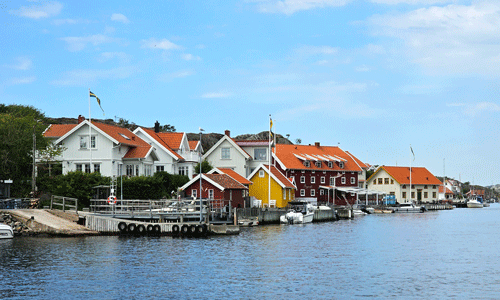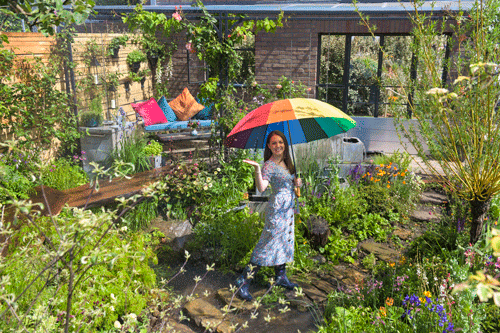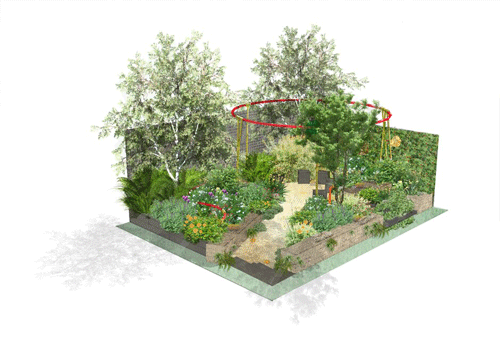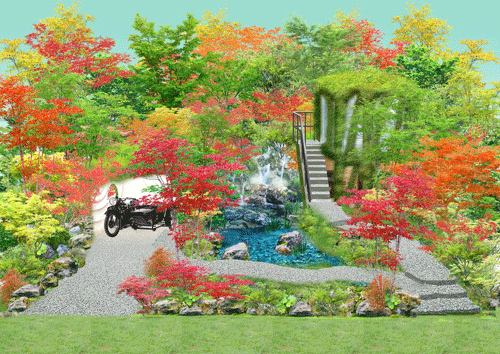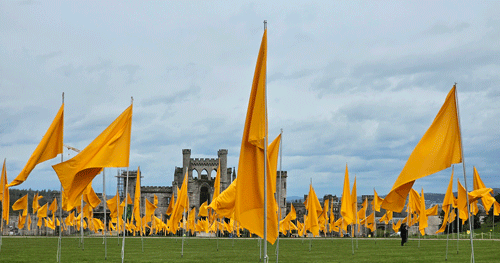Gardens of West Sweden
We are delighted that our guest writer Susie White has shared this informative piece about her recent trip to visit ...
Chelsea Garden highlights flood resilience
With the increase in flooding in recent years it was encouraging to see one garden at this year’s (2024) RHS Chelsea ...
All About Plants – RHS Chelsea 2024
From diversity of life in tropical forests to an edible skatepark landscape, the All About Plants category at the 2024 ...
2024 RHS Chelsea Sanctuary Gardens
The World Sanctuary Gardens at the 2024 RHS Chelsea Flower Show promise to highlight a diverse range of planting ...
‘Say no to plastic Grass & Plants’
In March 2023, the Society of Garden Designers (SGD) launched a campaign to raise awareness of the devastating ...
Lowther Castle Art Installation
Garden writer Susie White writes about her visit to Lowther Castle to watch the setting up of an art installation ...

